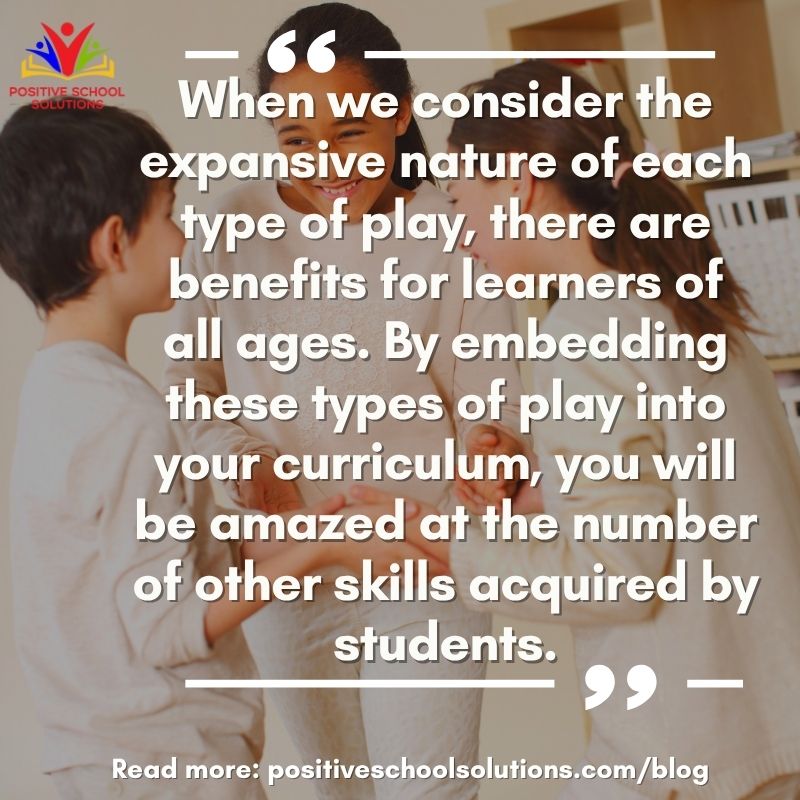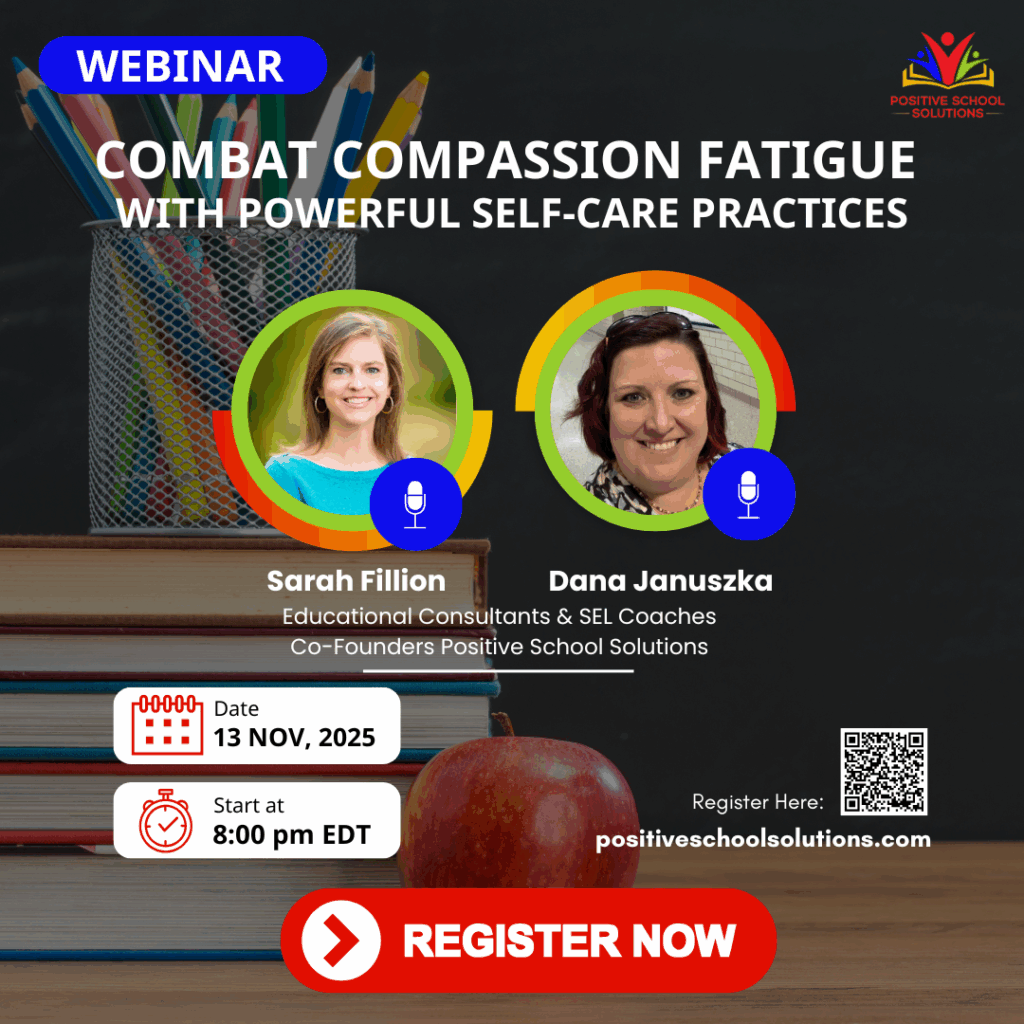When you think of the word play, what comes to mind? Fun? Smiles? Friendly interactions? Engagement? Play incorporates all of these and more! The common phrase is ‘the power of play’ for good reason – Research shows that play facilitates social and emotional competencies such as self-management, social awareness, and self-awareness. Additionally, play reduces the number of repetitions of a skill for individuals to learn. According to Dr. Karyn Purvis, founder of the Institute of Child Development at Texas Christian University and co-author of The Connected Parent, “Scientists have recently determined that it takes approximately 400 repetitions to create a new synapse in the brain – unless it is done with play, in which case, it takes between 10 and 20 repetitions!” When we think about the power of play, it is clear to see that the power comes from the way the academic and social curriculum are seamlessly intertwined into one activity, resulting in a multitude of benefits for students of all ages.
There are several different ways students of all ages can engage in play. With structure, purpose, and time set aside for play, students will increase both academic and social and emotional skills. Though there are many ways play can be incorporated into curricula, below are three types of play that lend themselves to all levels of education. As you read about each, you might think that one (or more) is too young or immature for your upper elementary, middle school, high school, or college students. At face value, they might be, but when we consider the expansive nature of each type of play, there are benefits for learners of all ages engaging in all three types of play. Additionally, by embedding these types of play into your curriculum, you will be amazed at the number of other skills acquired by students.
Creative Play – While we tend to think of this form of play for preschool to kindergarten aged students – often picturing a teacher giving children costumes and a box and then listening to how they create lands with dragons and castles, or fly in a space shuttle to the moon, or become pirates on the open sea – play that involves imagination helps with social and academic skills that benefit ALL students. Creative play helps students of all ages learn how to shift perspectives, exercise logical reasoning skills, and problem-solve, as well as work together, articulate ideas to others, ask questions, and share in project-building tasks. Creative play for middle school through adulthood will look different from the scene painted above, however still benefits learners in similar fashion. By incorporating creative play through thought exercises such as “picture what your ideal classroom would look like and describe it in detail to your partner” or “as a group, and using only the tools in the box, construct a model house that incorporates the sustainable ideas we’ve discussed.” When we invite learners to allow their minds to take over and imagine anything being possible, we reinforce the notion of continuing to create a better world. Through strong creativity and imagination, new inventions and ideas are formulated that improve our society daily.
Academic/Skill focused Play – Incorporating academic focused play into learning allows us to take advanced concepts and teach them in a way that is accessible to our learners. When given opportunities to embed these concepts into an activity, students construct their own understanding of what they have learned through reading and listening at a rapid pace. Additionally, learners synthesize new information about the topic – and are able to identify how it supports previous learning.
Using academic focused play might look like having middle school students think like scientists as they organize objects into categories based on a select number of properties. As the students engage in reasoned conversation about why certain objects should be organized together, individuals consider what they already know about the other objects to make comparisons, explain their thoughts to peers, and take in new information. A similar activity could be done in early elementary school with students thinking like mathematicians as they look for objects that are round or contain a triangle. Through academic focused play, students are able to take what they have learned in previous lessons and apply it to real life situations. This connection from school to life answers the questions of “why do I need to know this?” or “when will I ever use this?” and creates a sense of purpose for the learner.
Strategic Play- Strategic play offers learners an opportunity to think critically, and focus while engaged in a fun form of play. From games that are loved and passed down from one generation to the next to new ones emerging each day, board games are appropriate for reinforcing academic and social and emotional skills with learners of all ages. Incorporating board games, especially ones that involve strategy, as a way to warm learners’ up for the lesson ahead, embedding it as a break during a longer lesson, or as a wrap up exercise, will benefit students academically, socially, and emotionally, by highlighting that learning is fun. From a quick game of tic-tac-toe, Connect 4, or Mastermind, students are provided an opportunity to disconnect from everyday learning, yet continue employing important skills that will enhance their ability to learn. The power of play for strategic play comes from the combination of high engagement and variety of skills being utilized simultaneously.
Learning is hard work and there are concepts and skills that need to be reinforced or retaught several times for all students to understand them. Through incorporating play into the curriculum, students are able to engage in dialogue with peers, incorporate vital academic, social, and emotional skills, and practice advanced concepts in a way that feels more like fun than the hard work that is occurring. Play provides a powerful educational opportunity for students and adults to connect, improve mental agility, get a boost of energy, and be active and interactive in their learning.
Written by Sarah Fillion & Dana Januszka 2020

